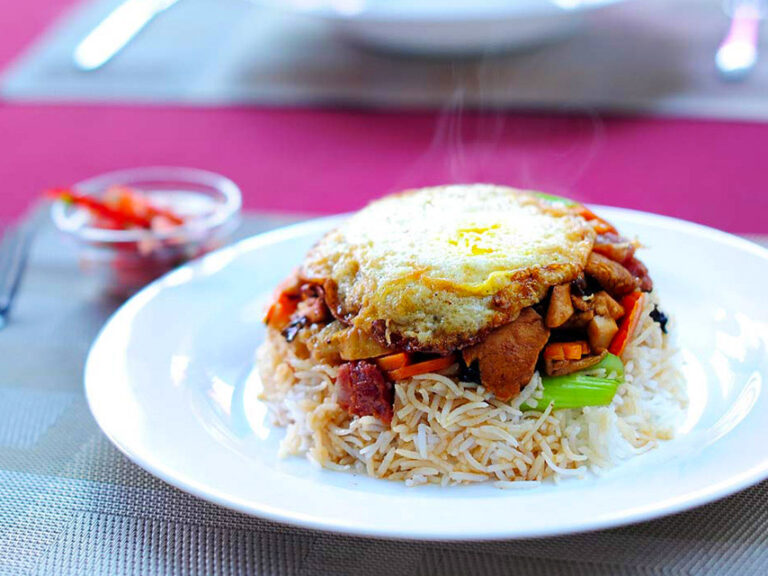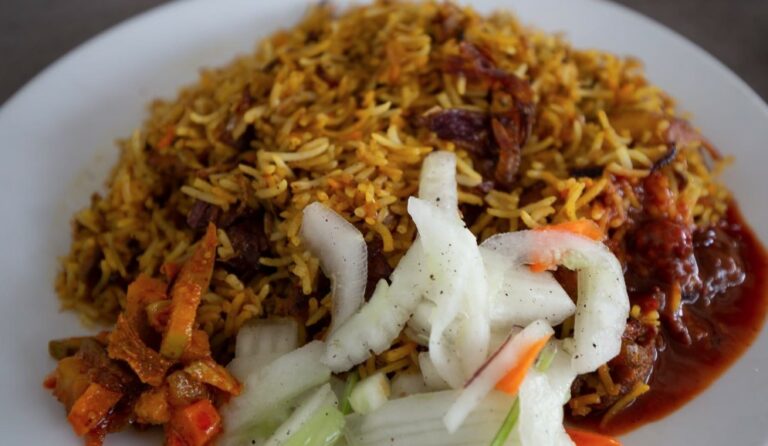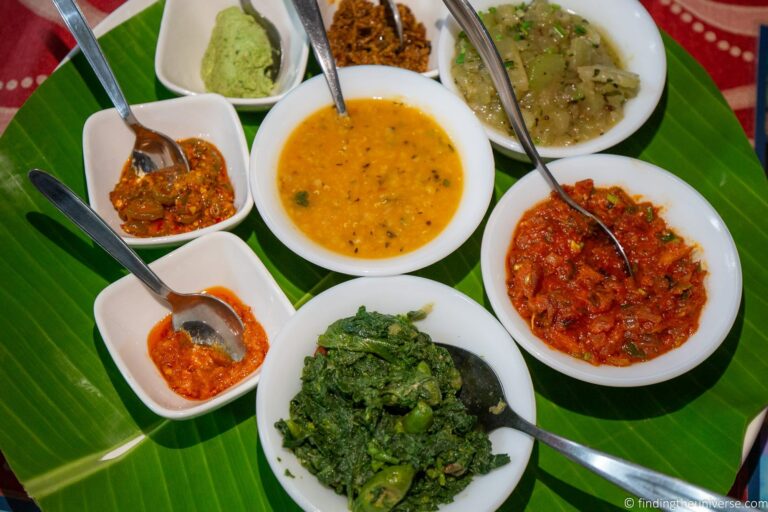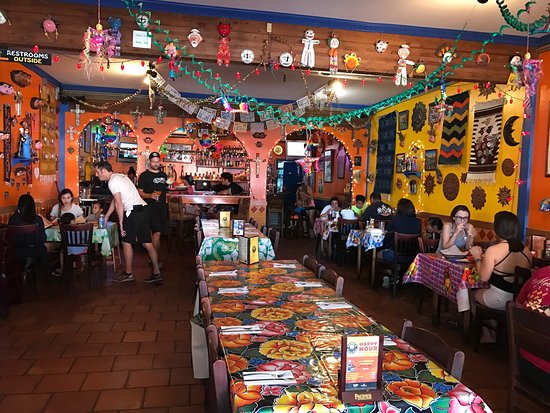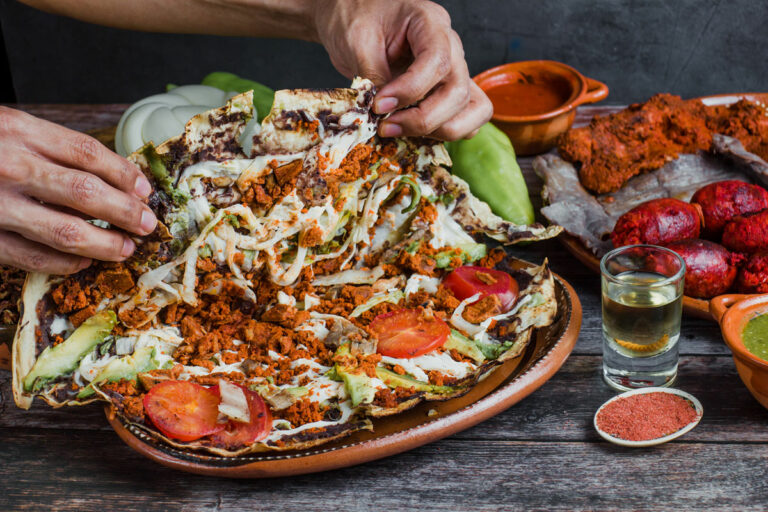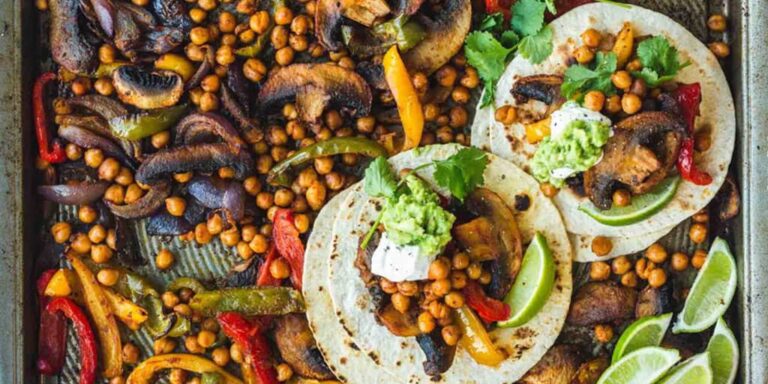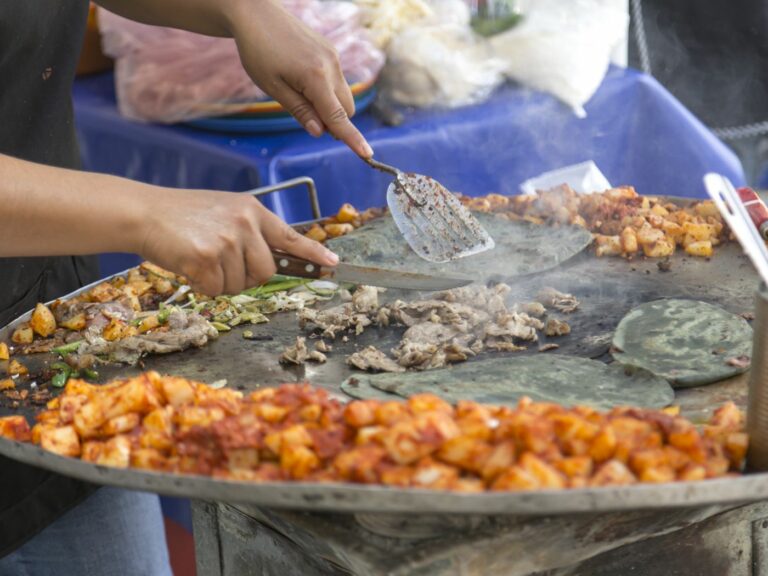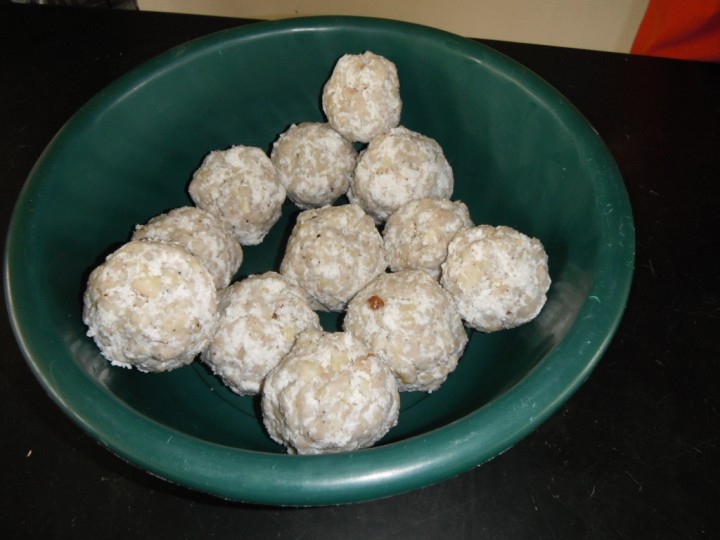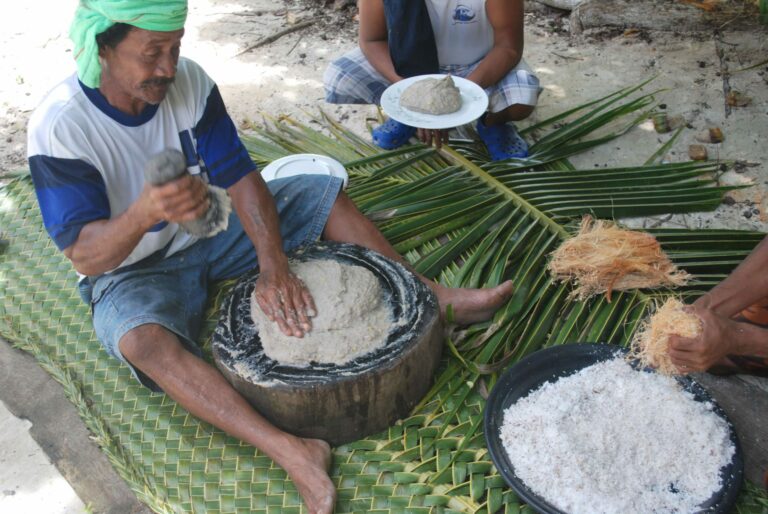Introduction: A Taste of Mauritius
Mauritius, an island nation located in the Indian Ocean, is known for its beautiful beaches, vibrant culture, and delicious cuisine. The cuisine of Mauritius is a fusion of Indian, African, and Chinese culinary traditions, resulting in a unique and flavorful cuisine that is sure to delight any food lover.
One of the defining characteristics of Mauritian cuisine is its use of spices. From bold and fiery chili peppers to fragrant and aromatic spices like cinnamon and cloves, the flavors of Mauritian cuisine are bold and complex. But just how spicy is Mauritian food? Let’s take a closer look.
The Spice of Life: Mauritian Cuisine
Mauritian cuisine is a melting pot of different cultures, which is why it is so full of flavor. The cuisine is heavily influenced by Indian cooking, with dishes like curries, rotis, and samosas being popular on the island. Chinese cuisine also has a strong presence in Mauritius, with dishes like fried rice and noodle dishes being popular. African cuisine has also left its mark, with dishes like rougaille (a tomato-based stew) and samoussas (similar to Indian samosas) being popular.
But what ties all of these different cuisines together is their use of spices. Mauritian cuisine is all about bold and complex flavors, with dishes typically featuring a wide range of spices. Some of the most commonly used spices in Mauritian cuisine include cumin, coriander, turmeric, ginger, garlic, and of course, chili peppers.
Flavors and Heat: The Spiciness Scale
When it comes to spiciness, Mauritian cuisine can be quite hot. The heat level of a dish can vary depending on the type of chili pepper used, as well as how much of it is used. Some dishes are designed to be mild, while others are meant to be fiery hot.
To give you an idea of the spiciness scale of Mauritian cuisine, here is a breakdown of some common chili peppers used in Mauritian cooking:
- Bird’s eye chili: Very hot, with a Scoville rating of 50,000 to 100,000
- Scotch bonnet: Extremely hot, with a Scoville rating of 100,000 to 350,000
- Ghost pepper: One of the hottest peppers in the world, with a Scoville rating of 1,000,000 to 1,500,000
While these peppers are certainly not for the faint of heart, not all Mauritian dishes are fiery hot. Many dishes are designed to be flavorful and aromatic, with just a hint of spice to give them a kick.
Key Ingredients: The Spiciest Mauritian Dishes
If you’re looking for some of the spiciest dishes in Mauritian cuisine, here are a few to try:
- Dholl Puri: This is a popular street food in Mauritius, consisting of a flatbread stuffed with spicy yellow split peas.
- Vindaye: This dish features fish or meat that has been marinated in a spicy mixture of vinegar, mustard seeds, and chili peppers.
- Octopus Curry: This dish is made with tender octopus simmered in a spicy tomato and onion sauce.
These dishes are not for the faint of heart, but if you love spicy food, they are sure to satisfy.
Regional Variations: The Spice Levels Across the Island
One thing to keep in mind when it comes to the spiciness of Mauritian cuisine is that it can vary depending on where you are on the island. In general, the spiciness of a dish will be influenced by the region’s culinary traditions.
For example, the northern region of Mauritius has a strong Indian influence, so dishes from this region may be spicier than those from other parts of the island. Meanwhile, the eastern region of Mauritius has a strong Chinese influence, so dishes from this region may be less spicy and more focused on aromatic flavors.
Festivals and Celebrations: Spicy Traditions in Mauritius
Mauritius is a nation that loves to celebrate, and many festivals and celebrations in Mauritius feature spicy food. For example, during the Hindu festival of Diwali, it is traditional to eat spicy snacks like samosas and pakoras. Similarly, during the Chinese New Year, it is traditional to eat spicy and fragrant dishes like stir-fried noodles and dumplings.
Overall, the spiciness of Mauritian cuisine is a defining characteristic of this vibrant and flavorful cuisine. Whether you love mild dishes with just a hint of spice or fiery hot dishes that will make your taste buds tingle, Mauritian cuisine has something for everyone.

